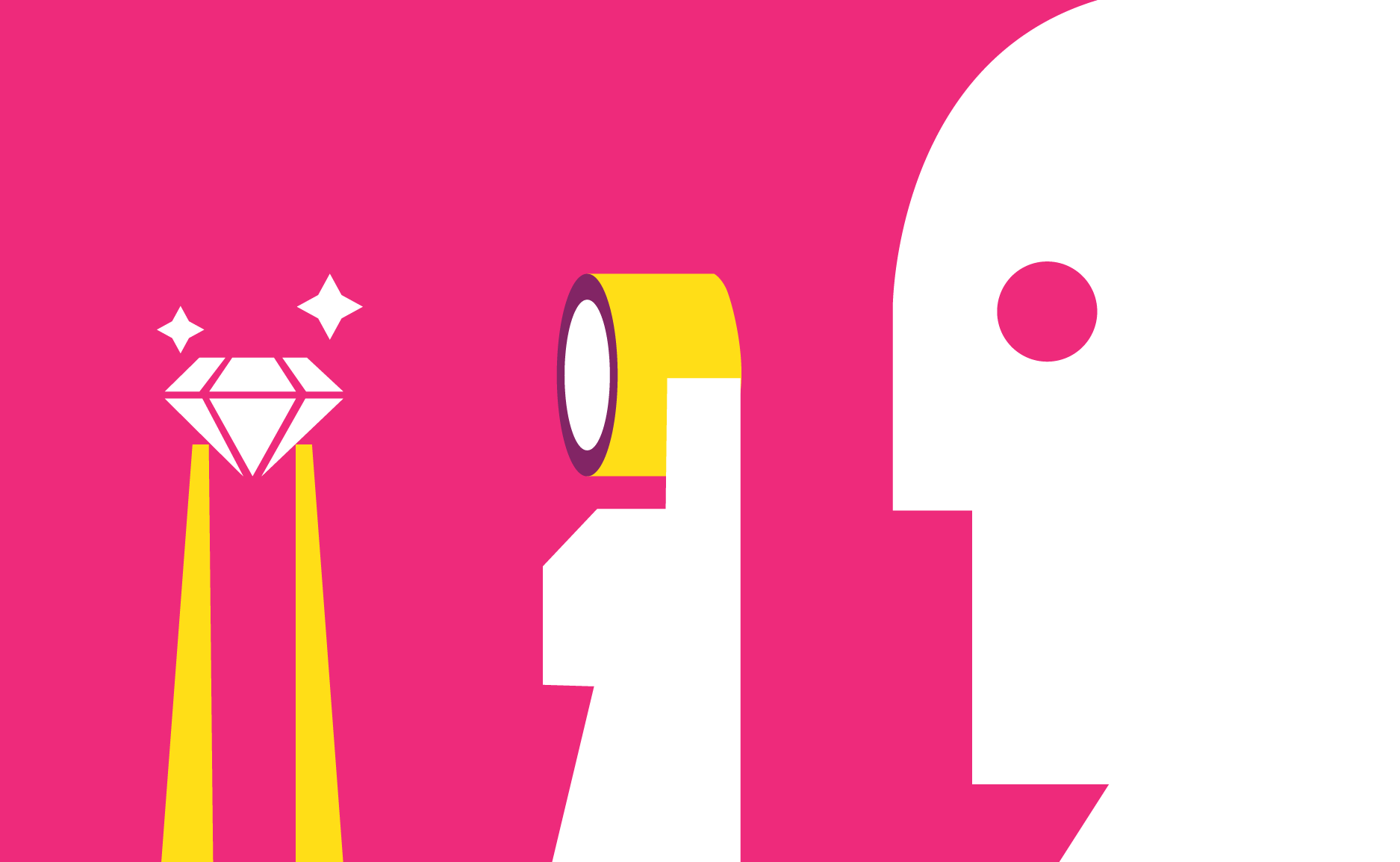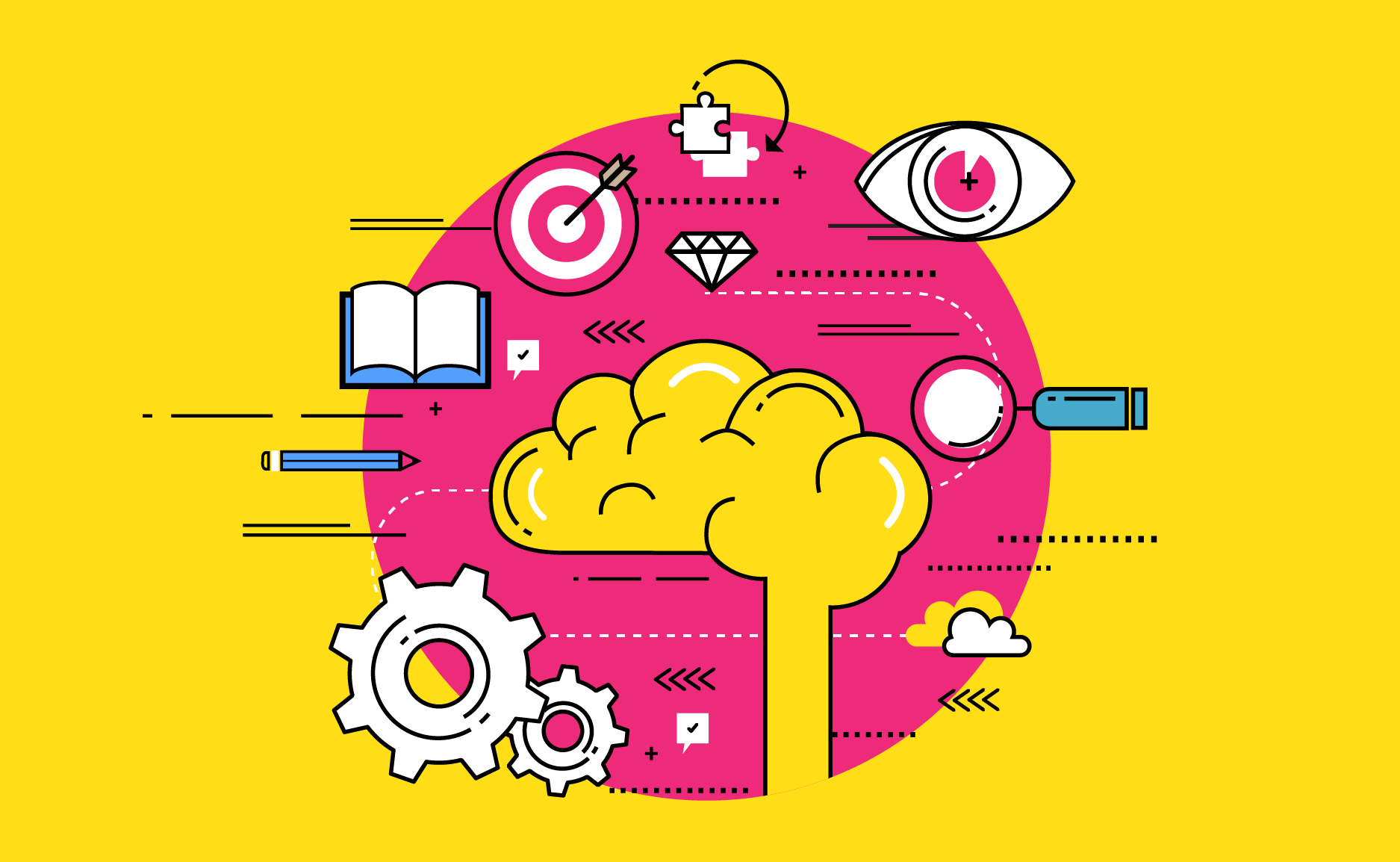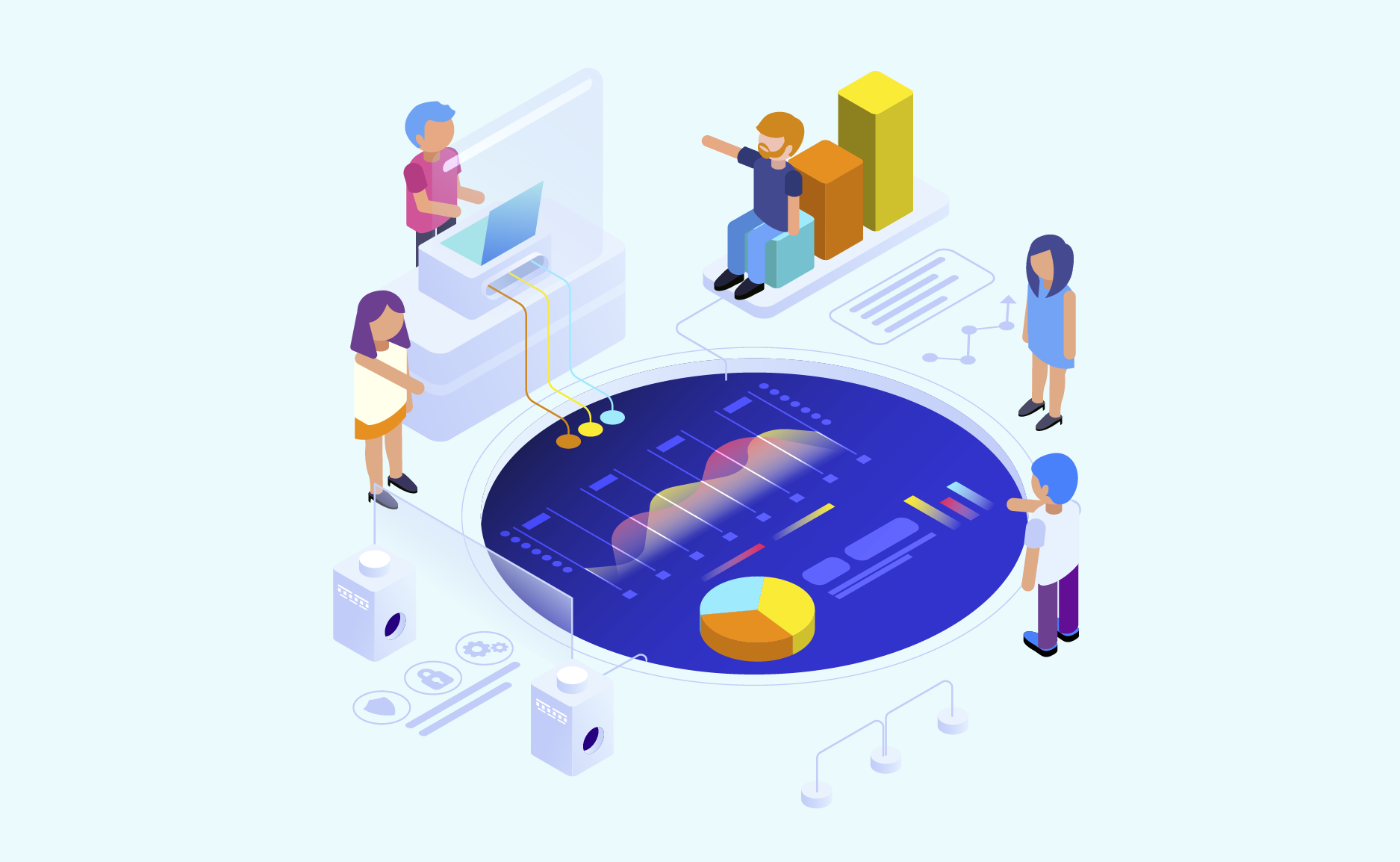FOUR PHASES OF GREAT PRODUCT DESIGN PROCESS
When it comes to creating astounding products, it’s all about finding the right features and specs to include in your product that competitors don’t have. But it’s easier said than done. Following through these phases of the product design process will help you end up with a product that both you and your users will appreciate.
PHASE ONE: DISCOVERING YOUR PRODUCT

It’s tempting to move directly to the “Design Phase” of the whole process, but patience is often what distinguishes a mediocre product from an amazing one. Jumping into the Design Phase won’t do you any good when you have no idea for whom or why you’re creating this particular product. This takes us to the subject of defining the vision you have for your product as well as setting up small goals to get to that vision.
PRODUCT VISION AND STRATEGY
Having a clear vision keeps you focused and helps set you and your team in the right direction instead of making baseless decisions with your eyes closed and crossed fingers. Setting up a strategy is of the same importance; it helps you get to your vision and identify the milestones and challenges you may encounter on your way there.
CREATING A USER-CENTERED PRODUCT
How will you know what makes a great a product when you don’t know who your audience is or what they need? The simple and obvious answer is to conduct user-research. This can be done in many ways; interviews, online surveys, field studies, etc. Consider this one of the most crucial steps in the designing process, as it helps pinpoint who your target audience is and what their problems are in the specific area. Don’t hesitate from doing follow-up interviews if you lack certain information during the first round of interviews, it’ll give you the opportunity to dig deeper into the subject matter, and who knows? Maybe you’ll make interesting discoveries and gather useful information in the second round.
KNOWING WHO YOU’RE UP AGAINST
Let’s face the harsh truth here: we live in a competitive world and everyone’s trying their best to reach the top of the food chain with all the big guys like Apple, Google, Nike and so on, it is not only you. To avoid experiencing depleting sales and missed opportunities, competitors in the business market like to conduct what we call a “competitor analysis”. They make a spreadsheet of competitors who have the same exact value proposition or audience as theirs, look for failing and successful strategies and missing solutions in the market and then use the gathered data to come up with a unique strategy that’ll fit their own vision. Doing this will help you figure out where you stand in the market and come up with innovative solutions and ideas for your product.
PHASE TWO: SHARING YOUR FINDINGS

You’re probably very excited and hyped up about all the information you gathered and the discoveries you’ve made. Maybe now you’ll move on to the “Designing Phase”. Not so fast, ever seen a company with a clueless team that has no idea what they’re creating, doing or aiming for? There’s plenty of them, and you don’t want to be a part of that. This is why sharing your finding with your team and keeping them updated on every single detail will keep everyone on the same page and on the right track.
COMMUNICATING WITH YOUR TEAM
Don’t ever skip on communication! Your vision may be the driving force of your product, but your team will help you make it happen. When you all don’t share the same goals and vision, you’ll end up going in circles, which will result in a product that’ll both take ages to finish and feel disorganized to your users. Furthermore, don’t let your team stand on the sidelines, get them involved and keep them motivated.
KEEPING A CONSTANT REMINDER NEARBY
One way to do this, something a lot of companies and businesses do, is to create a persona of your ideal user or customer and keep it somewhere accessible where everyone in the team, including you, can see it; for example, hanging a poster of the persona, with their thought-up traits, needs and goals, on the wall. Another way to go about this is to create a User Journey Map; it’s a diagram that shows the different phases the user goes through before, during and after using the product. Whichever method you use will help remind everyone what audience the product will appeal to and also aid in creating a user-centered product.
PHASE THREE: BRAINSTORMING

Now that you and your team members have a clear understanding of your goals and vision, it’s time to figure out what the basic features of your product are by brainstorming. This is also a good time to sift out the bad ideas and deduce different possible solutions other than the ones you already have by running validation tests.
SKETCHING
Remember one of your first biggest accomplishments when you were three? Drawing a picture of a big tree in the middle of the page. Well, here’s your chance to relive that childhood, except this time it’s for professional purposes. Sketching is the easiest and quickest way to visualize your ideas, just grab a pencil and paper and bring out your inner three-year-old! It’s an effective way to discuss ideas with your team members and shows you what features work and which ones don’t work. Not only that, but you’ll also be giving your visual designers a clearer idea of how you want your product to look like.
PHASE FOUR: TEST YOUR PRODUCT

Congratulations! You’ve moved on to the Design Phase, in which your product development team will implement the concepts, ideas and features you came up with throughout the whole product design process. This is where you put everything together and have a group of users try it out to see if it fulfils its purpose.
Prototyping and iterating on the prototype will allow you to recognize certain aspects of the design you didn’t notice and you’ll also be testing it on a group of target users. After having users test it, you gather feedback and see what’s working and what isn’t.
When all that’s done, you go back and do it again, but this time the prototype is more refined and the problems identified the first time have been taken care of. You keep iterating on the prototype until you get to a final version that’s nearly exactly how you want it to look and feel. This final version of the prototype is what you will launch to the public.
THE TAKEAWAY
Product design is a never-ending process; you will continuously have to do research, test and iterate to make sure existing problems don’t recur. Always remember that the product you’re developing is for people, and not for you. With this idea in mind throughout the whole process, you’re bound to create something people will love and find useful.